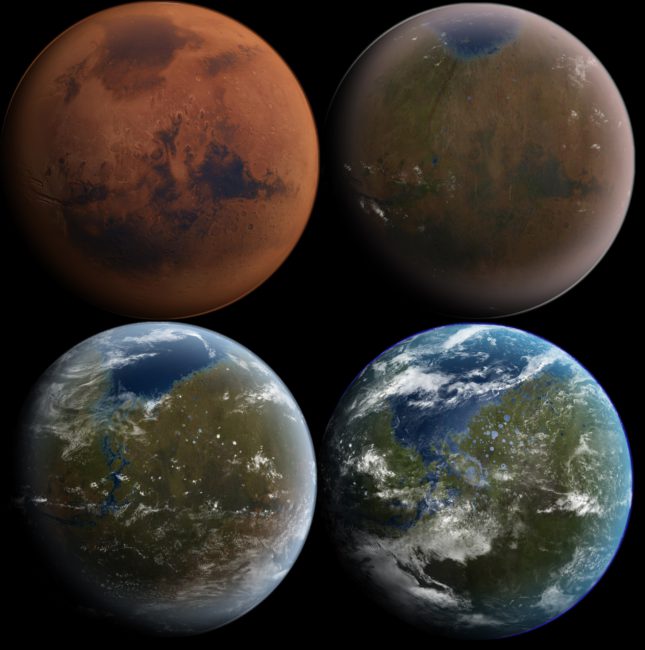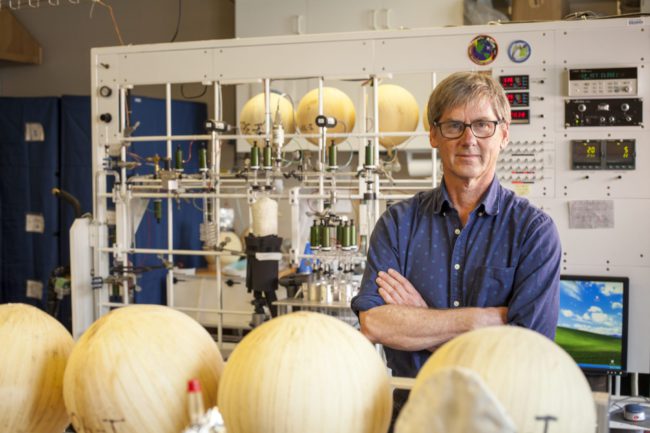
A popular Science Fiction theme often involves humans going out there, finding a suitable world and then proceeding to terraform it so that it becomes ideal for human habitation. That was literally the background plot for the 1986 Aliens, a sequel to the 1979 Alien movie. For those not familiar with it, the plot revolves around aliens running rampant in a terraforming colony on LV-426. If you have never seen it then give it a go, you will love it.
Fun as it all is, where did the authors of such terraforming stories ever get the idea that humans could competently modify the habit of another entire world while here we are today making a total hash of our very own earth?
So what have I got for you today?
Two items. One concerns a new insight into sea level from NASA, and the other concerns the decreasing levels of Oxygen in our atmosphere.
Did I hear you say, “Wait, hold on a moment, run that second item past me again“.
OK, let’s start with that one.
Item 1) Scripps: Atmospheric Oxygen Levels are Decreasing

You are probably know that Scripps have been measuring CO2 levels at Mauna Loa. What you might not appreciate is that they also have a an Oxygen measuring program as well.
This involves collecting air samples from all around the world.
Who is running this?
It is being run by Ralph Keeling (pictured above) at La Jolla, and yes, he is the son of Charles Keeling who started the CO2 measuring program back in 1956.
Headline: Oxygen levels are decreasing.
Now don’t freak out. The drop is too small to impact you. The downward trend within the following graph is about 19 meg per year. That’s 19 O2 molecules out of every 1 million O2 molecules …
That’s via samples from the Scripps Pier.
Is that just measuring an increase in folks sitting on the beach under the pier over the years?
Nope, you get the same on a global level?
Zero is 1985 and so it has been trending downwards since they started measuring then.
Why is this happening?
Primarily due to us burning fossil fuels.
Links:
- Data that you can download and crunch
- An overview of what their O2 monitoring is all about
- They have a FAQ
- Exactly how do they measure O2? – Like this.
Item 2) NASA Study: Rising Sea Level Could Exceed Estimates for U.S. Coasts
There have been previous estimates of how much sea level will rise around the US coastline. There is a new study that has revised previous estimates … upwards.
Headline: There will be an average sea level rise approaching the 1-foot for most coastlines of the contiguous U.S. by …. 2050.
The quick summary is this. There have been various models that predicted would would happen. Using the now thirty year record of actual observations via satellite, NASA can take a look to see what the actual trend is and then see how well that aligns with what the models suggested might happen.
This is what they got …
…observation-based trajectories of sea level from satellite altimetry are near or above the higher-end model projections contained in recent assessment reports, although ranges are still wide …
Something nasty is also coming up in the 2030s.
Roughly every 18.6 years the wobble in the moon’s orbit leads to more intense high tides. Combine that with the rate of sea level rise and they can see some very bad high-tide flooding coming up in the 2030s.
What is driving this latest report has been the need to understand what is going to happen soon, and not simply 80 years from now because people need to start planning now …
“A key takeaway is that sea level rise along the U.S. coast has continued to accelerate over the past three decades,” said JPL’s Ben Hamlington, leader of the NASA Sea Level Change Team and a co-author of both the new study and the earlier report.
Hamlington noted that the team wanted to determine if they could refine sea level estimates for communities facing imminent changes. “We’ve been hearing from practitioners and planners along the coasts that they need more information on shorter timescales – looking not 70 or 80 years into the future, but looking 20 or 30 years into the future,” he said. “The bottom line is that when looking ahead to what we might experience in coming years, we need to consider these higher possibilities.”
Summary
As time marches forwards our understand of what is coming grows.
These insights give us choices that will vary from doing nothing all the way to achieving net-zero.
What will actually happen is most probably something in the middle. That middle road itself comes with consequences, both short term and also long term.
We really do need to strive to do our very best … while we can.
